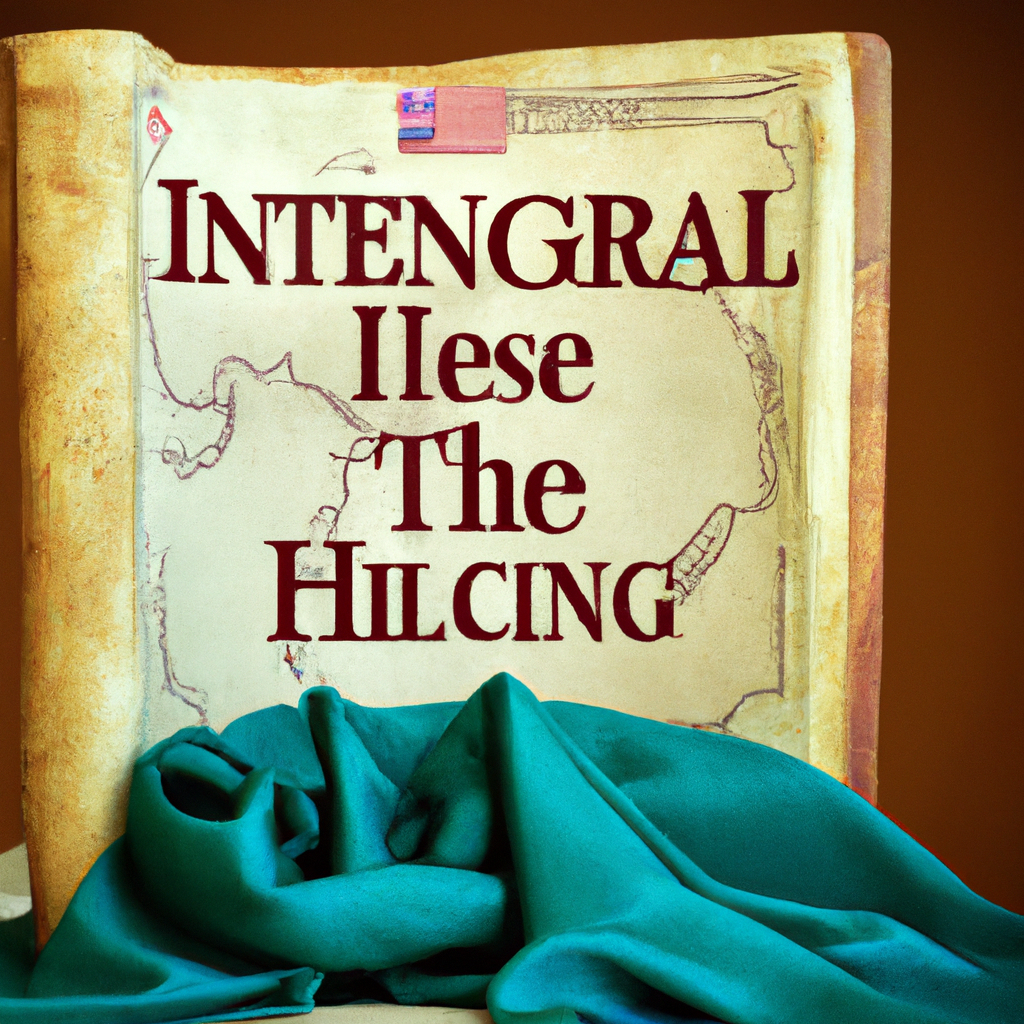Deep in the lush forests of North America, a culture stretching back centuries survives – the culture of indigenous tribes and nations. On this journey of exploration, we open a doorway into the heritage and traditions of Native American people. We are privileged to have the opportunity to learn about the stories, utensils, customs, foods, and lifeways of this important, vibrant culture. Let us now explore the vibrant Native American heritage in all its many forms.
1. Honoring the Indigenous: A Look at Native American Heritage
In America, it is important to recognize and honor the history of its Indigenous peoples and the many gifts they bring to the nation’s diverse culture. Native Americans’ deep connection to the land is seen in their culture, ceremonies, legacy, and stories that have been handed down through generations.
Tribal History
Native Americans originate from hundreds of tribes that have distinct languages, music, art, and cultural traditions. Spanning centuries of history, many tribes are located in the southwest regions of the United States. Others are located in the Pacific Northwest, Alaska, and even the Great Plains, with some tribes extending back to 1492 and the arrival of Christopher Columbus.
Ceremonies
Indigenous culture is kept alive through public and private ceremonies that have a profound spiritual dimension. They serve to maintain traditional ways of living and they encourage a deep connection with the land, ancestors, and indigenous languages. These ceremonies include powwows, sweat lodges, sun dances, and traditional uses of tobacco.
Legacy
Undoubtedly, some Indigenous tribes have been erased from history, but many continue to influence the foundations of America today. All citizens can learn from this profound legacy, where strong communities are based on spiritual bonds, mutual respect and support, and stewardship of the land.
Stories
Native Americans are known to use stories to teach wisdom and knowledge. These stories are frequently passed down from one generation to another, often telling of how animals and nature interact with humans and the spirits, and of how certain lessons should be taken as a model for life.
- Tribal history is significant to the US
- Ceremonies are vital to maintaining traditional ways of life
- Indigenous people have a legacy to be honored
- Stories are a way of passing down wisdom and knowledge
Native American history and culture is an important part of America’s heritage. Showing appreciation and respect for this legacy is a way to honor the tradition and culture of America’s Indigenous people.

2. Exploring Indigenous Culture Across the Americas
All across the Americas, indigenous cultures have been passed down from generation to generation with unique customs, beliefs, and practices. It is no surprise that when it comes to exploring the people and cultures of the Americas, there is so much to learn.
Language: Each indigenous group has its own unique language, making it a fascinating way to explore. From tribes on the U.S.-Mexico border to areas in Canada, people from all over the Americas are able to share their languages and cultures with each other. It is even possible to learn some of the languages through immersion programs.
Arts and Crafts: There is a wide variety of unique art, such as pottery, jewelry, and weaving that is passed down from generation to generation. Many of these crafts are still be practiced today. It is also interesting to note the symbolism that is in each piece, showing us the connection between these ancient cultures.
Spirituality: From Native Americans in California to the various tribes in South America, many cultures believe in spiritual forces that influence life on Earth. It is possible to explore the different ways each culture connects with their spiritual practices and beliefs.
Society and Beliefs: The different values and beliefs that are held by indigenous people can tell us a lot about their way of life and how they interact with different environments. From the use of natural resources and the importance of conservation to gender roles and social ranking, each culture has so much to offer.
Food: Food is a great way to explore culture. Whether it’s traditional Native American frybread or Ecuadorian ceviche, each dish has its own unique characteristics and flavors that have been passed down for generations. It’s a great way to learn about different cultures and also get a delicious meal in the process!
3. Respecting Traditions: Uncovering Native American Legacy
Celebrating the True Colors of Native American Heritage
As we begin to peel away the layers of history and carefully sift through each timeline, it soon becomes evident that Native American history and traditions go all the way back to pre-Columbian times. Over the years, vast insight to Native American culture has been passed down through generations and by uncovering this ancestral history, we can continue to honor and give respect to the legacy that has shaped the world we know today.
From the diverse languages to the exquisite art and architecture, there is much to appreciate when it comes to the various tribes and cultures who have centuries of knowledge. The Native Americans have an incredibly rich culture where they maintain a strict sense of reverence for their customs and way of life.
For the modern day Native Americans, the collective collaboration of individuals, families, and tribal institutions to help keep traditional practices alive is critically important. It goes beyond understanding how culture is manifested through art, language, and ceremony. It is also paying tribute to the stories, legends, and history that have withstood the test of time. It is by honoring some of the beloved customs that have been passed down through the generations that a REAL appreciation of Native American Legacies can be genuinely shared and celebrated.
Those who identify with the Native American culture can embrace these traditional roots in a multitude of ways. Here are a few of the most popular expressed ways of celebrating:
- Participating and hosting powwows, festivals, and vigils.
- Experiencing traditional drum circles.
- Focusing on educational efforts to cultivate knowledge about Native American heritages.
- Collecting cultural artifacts.
- Creating honor songs as a show of respect.
It is a beautiful thing to witness the preservation of the Native American culture in the present day. With more attention and education that provides a real challenge to the commonplace portrayals of indigenous peoples, it can help communities to recognize and celebrate the true diversity of America’s first people.
4. Celebrating the Roots of Our Nation: Exploring Native American Heritage
In the U.S., many people think first of the Pilgrim settlers as the early inhabitants of the continent. But long before Europeans arrived, there were numerous Native American tribes living across the land. For millennia, Indigenous peoples have shaped the rich cultural tapestry of this nation.
- Historical Perspectives – Much of what we know of Native American culture and their intricate system of interconnected beliefs, spirituality, and way of life comes from archaeological artifacts and first-hand accounts of European travelers. From these, we can trace the tribes from the Arctic to the sub-tropics.
- Preservation and Revitalization – Today, there are more than 500 recognized tribes of Native Americans in the U.S. with a variety of customs and languages. Efforts are being made to preserve and revitalize these cultures through organizations like the National Museum of the American Indian, which features tribes’ histories, art, music, and cultural events.
- Cultural Transformation – Despite the loss of much of their customs and way of life over the years, Native American cultures still live on in many ways. Their influence can be seen in the face of modern art, literature, and music. You can find it in popular culture, from movies like “Dances With Wolves” to television shows like Harley Quinn.
- Celebrating Our Roots – Celebrating our nation’s Native American heritage should be an integral part of who we are as Americans. We should showcase the richness and unique perspectives of the many tribal cultures that have been part of our nation’s story from its beginning. Let us never forget the people and their customs who first came to this land and make U.S.A what it is today.
From the plains of the Badlands to the beaches of Santa Cruz, exploring the vibrant and often overlooked culture of Native Americans is a unique experience like no other. Celebrating their traditional values, music, crafts, and cuisine is an invaluable way to honor and educate yourself on the long heritage of these resilient peoples. The journey of learning about Native American heritage will no doubt leave you enriched and humbled at the same time.
